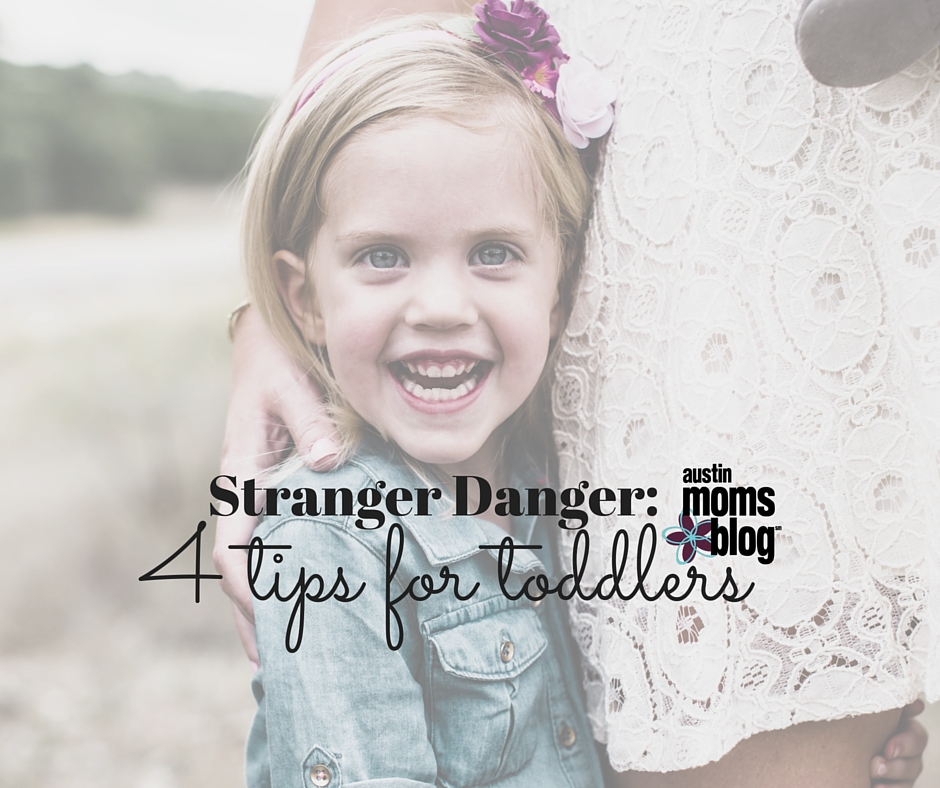
As I walk my three year old through the door of her preschool, I can’t help but smile as she waves and says hi to everyone that walks by her. If you’re lucky, she might even give you a hug and ask how you are doing. I could continue on about how proud I am that she considers everyone a friend and can light up a room with her smile, but this also presents immense anxiety for me. Sounds silly doesn’t it? There is such a fine line in “let them be little” and making them aware of the world we live in. It’s a scary world outside of our little bubble. How do I educate my daughter about stranger danger yet keep that big smile on her face when she says hello to people in public? We always talk about teaching our kids manners, but now I am supposed to teach her to forget those manners and be on high alert with people she does not know. I want her to run, laugh, and play with friends at the park; however, I also need to teach her to be aware of her surroundings. My daughter’s personality if vibrant and full of life. How do I do this without dulling her sparkle? Being a parent is tough!
Well, I figured I am probably not the only mama who struggles with finding a balance. With the holiday season approaching, I put together a few tips on how to educate toddlers on stranger danger:
- First and foremost, toddlers need to understand what you mean by stranger. Not all people unknown to them are necessarily dangerous. It is important that they understand the difference between a “good” and a “bad” stranger. This is vital so children understand where and to whom to turn if they are ever lost or feel scared, threatened, or if they think someone may be following them. Police officers and firefighters are two examples of very recognizable safe strangers. Definitely make sure that you emphasize that whenever possible, children should go to a public place to ask for help.
- Help your toddler recognize the warning signs of suspicious behavior, such as when an adult asks them to disobey their parents or do something without permission, asks them to keep a secret, asks children for help, or makes them feel uncomfortable in any way. Also tell your children that an adult should never ask a child for help, and if one does ask for their help, teach them to find a trusted adult right away to tell what happened.
- Teach your toddler to trust their instincts. There is time for manners and time to make a huge scene, and we MUST teach our children that it is okay to act out this way if someone is trying to touch, hurt or take them.
- You should also talk to your children about how they should handle dangerous situations. One ways is to teach them “No, Go, Yell, Tell.” If in a dangerous situations, kids should say no, run away, yell as loud as they can, and tell a trusted adult what happened right away. Make sure that your children know that it is okay to say no to an adult in a dangerous situation and to yell to keep themselves safe, even if they are indoors. It’s good to practice this in different situations so that your children will feel confident in knowing know what to do. Here are a few possible scenarios:
- A nice-looking stranger approaches your child in the park and asks for help finding the stranger’s lost dog.
- A woman who lives in your neighborhood but that the child has never spoken to invites your child into her house for a snack.
- A stranger asks if your child wants a ride home from school.
- Your child thinks he or she is being followed.
- An adult your child knows says or does something that makes him or her feel bad or uncomfortable.
- While your child is walking home from a friend’s house, a car pulls over and a stranger asks for directions.









